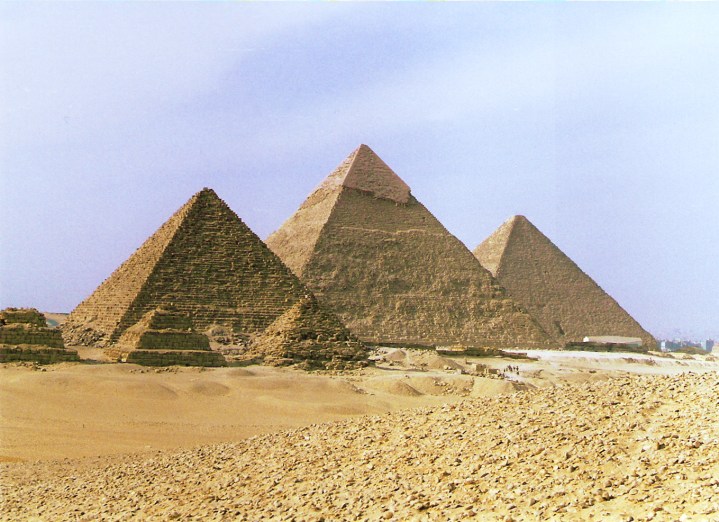
Employing the use of such technologies as 3D laser scanning, photogrammetry, and traditional survey, the reality-capture project is an ambitious one to be sure. But as an increasing number of historical landmarks fall victim to the passage of time, or to violence, historians are becoming increasingly aware of the need to find some way to extend the lifetime of these important facets of human history.
In their laser scanning, CyArk effectively creates a digital replica of a structure, which is then analyzed by a range of software programs. And while it’s difficult to manipulate brick and mortar, preservationists and historians can dig a bit deeper into these digital versions, potentially discovering even more about their origins, associated cultures, and civilization.
“The digital technology exists to preserve measurable 3D models of these historical sites before they are damaged or destroyed,” said Ben Kacyra, president and co-founder of CyArk. Gustavo Araoz, president, ICOMOS and chair of the CyArk 500 Advisory Council, seconded this sentiment, noting, “CyArk’s summit provides a critical forum for discussions on progress and issues facing the global preservation and conservation movement.” Calling the latest efforts by the nonprofit “a long-term and evolving effort to ensure we secure and share our collective history,” this digitization of our history certainly has significant and widespread support from a variety of sources.
Of course, these preservations are no small undertaking. According to a CyArk press release, “It takes about 10,000 gigabytes of data, or the equivalent of 200 trucks of paper, to digitally preserve each site.” But a number of companies are helping to address this demand in hopes of creating a “museum of the future,” in which visitors may be able to see all the world’s most incredible places in a single location.
After all, just because we’re moving forward doesn’t mean we can’t look back.


